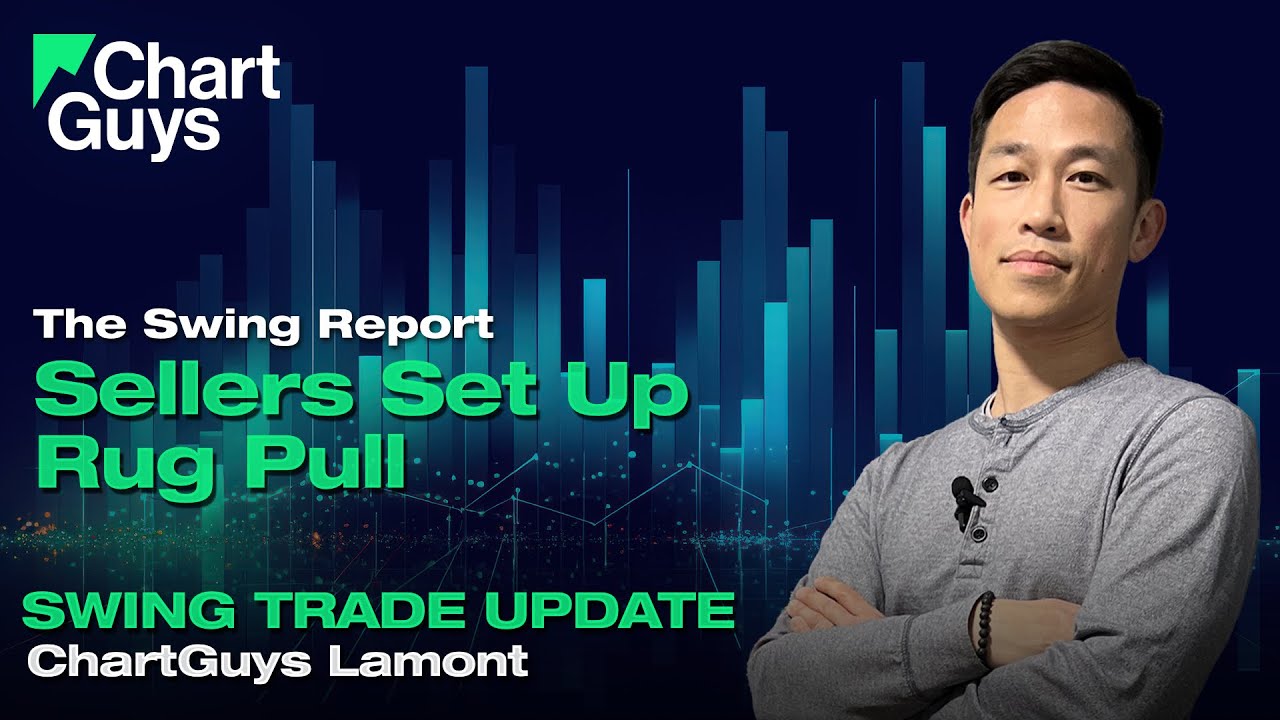
How The Chart Guys Uncover Hidden Signals In Market Trends
TheChartGuys, led by experienced trader Lamont, has become a go-to YouTube channel for traders seeking clarity in the chaos of the markets. Lamont’s expertise and approachable teaching style have helped countless beginners avoid common pitfalls. In a recent video, he tackled a challenge many face: understanding why markets make new highs, only to quickly reverse. This article unpacks Lamont’s insights so you can feel more confident reading market action and managing your trades.
If you’re frustrated by quick reversals or confused by sudden pullbacks after apparent strength, keep reading. We’ll reveal what truly goes on behind the charts, and how spotting a “liquidation break” can transform your trading results.
When Highs Aren’t So High: Lamont’s Real-World Market Observation
Imagine watching the S&P 500 or your favorite stock steadily climb, pushing above previous highs. Excitement fills the market as buyers seem firmly in control. But then, instead of further gains, prices stall and start to slip, leaving late buyers trapped at the peak. This is a situation Lamont describes in his video—a familiar scenario for anyone who’s traded momentum in bustling markets.
Buyers are making new highs, but they’re having a hard time holding on to the gains indicative of poor location longs.
Lamont shares that, even with strong buying pressure and new highs being made, the market sometimes can’t sustain those gains. This leaves traders who “chased” the top feeling the pain when prices slide back. Such a setup often points to a lurking “liquidation break,” a term traders use when weak hands are forced out, triggering a fast drop in prices.
In this video, Lamont draws from his eight years as a full-time trader and his role heading the futures room, giving viewers an insider’s perspective. He walks through real chart examples and shares his process in real time, highlighting how staying alert to these patterns can protect your capital.
Spotting Liquidation Breaks Before They Happen
The centerpiece of Lamont’s insight is the stealthy warning sign that precedes many sharp reversals in strong markets. He emphasizes that simply following new highs is not always a recipe for success. Instead, traders must pay attention to the quality of those highs—are buyers able to hold the move, or do gains quickly evaporate?
Lamont discusses the concept of “poor location longs”—trades entered too late, often at exhausted prices. When a surge higher fails to attract genuine support, the market is vulnerable to a quick reversal, shaking out those late entrants.
So, it’s a liquidation break setting up. And would that be healthy for the market?
What Is a Liquidation Break?
- Liquidation break: A rapid decline triggered when traders exit losing long positions in unison, often after chasing late highs.
- Why it matters: Recognizing this pattern helps you avoid entering trades at the most vulnerable moments and adapt your risk strategy accordingly.
Lamont’s process involves analyzing not just the move itself, but the structure behind it. Are the buyers holding firm, or are their positions precarious? Is the market overextended? For beginners, he recommends focusing less on price alone and more on trade location and momentum sustainability.
Adopting A Proactive Trading Mindset For Healthier Results
Learning to anticipate liquidation breaks—rather than reacting emotionally—marks a major step forward in a trader’s journey. Lamont points out that sometimes these sharp drops are actually beneficial for the market, as they clear out overextended positions and set the stage for a healthier trend.
Lessons On Patience and Trade Location
- Wait for confirmation: Avoid chasing highs unless there’s real strength supporting them.
- Identify overextension: If the price keeps making new highs but can’t hold them, a liquidation break may be coming.
- Risk management: Use tighter stops and smaller position sizes around stretched highs, safeguarding yourself from fast reversals.
For many new traders, this perspective eases the pressure to predict every move and fosters the patience needed for consistent gains. Experienced traders, like Lamont, see a “healthy shakeout” as a necessary step for bigger moves ahead, not just as a setback.
The more you recognize these underlying forces, the less you’re surprised by sudden volatility and the more you can trade with clarity. It’s a mindset shift from reacting to every blip to understanding the deeper currents at play.
Join Your New Trading Home: Traderfriends
Ready to put these lessons into action? Surround yourself with traders who share Lamont’s disciplined approach—analytical, thoughtful, and focused on risk management. Discover a wealth of educational resources and a vibrant trading community at Traderfriends. Give yourself the edge by learning to identify key setups like liquidation breaks and mastering your trade entries and exits.
The next step on your journey is simple: connect with Traderfriends, explore their tools and ideas, and elevate your skills in a supportive environment. Make these insights part of your daily routine—your account will thank you.


